Bearing is one of the many beneficial components found in machinery, vehicles, and even small devices you constantly use in your daily life. Despite its relatively small size, its functions are crucial to make sure all the equipment housing it works properly and remains well-maintained in the long run.
Bearings are essential components of equipment designed to withstand demanding loads. Manufacturers use them in various applications where two or more components move together, creating friction between them.
Bearings reduce the friction between these moving parts significantly, enabling smoother movement and ensuring that the process does not cause any damage to related parts.
Among the many types of bearings, one is needle roller bearings. Functionally, it serves a role very similar to other types of bearings, which is to support the radial movement with high loads.
However, there are distinctions between needle roller bearings and other beatings. Today, we will learn a lot about this type of bearing, including its definition, function, pros, cons, and many other related aspects.
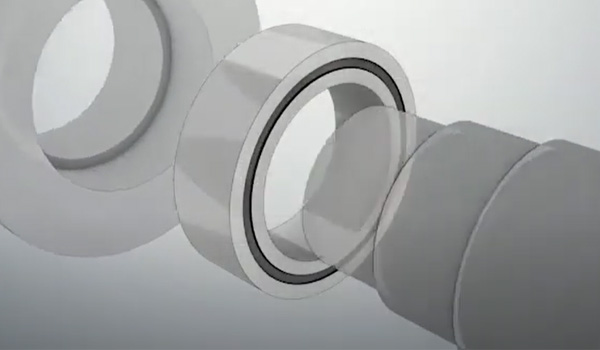
Before going deeper into the functions and purposes of needle roller bearings, let’s first understand what they are. Needle roller bearings are a type of bearing that uses cylindrical rollers instead of steel balls. Their diameter is smaller than their length, enabling them to carry heavy loads sufficiently in restricted areas.
Compared to regular bearings using steel balls, the design of needle roller bearings is more compact. They are commonly found in machines with restricted space that require high load-bearing capacity, such as cars or motorbikes. Moreover, their versatility extends to industrial machinery, showcasing their real-life applicability.
When searching for needle roller bearings, you’ll encounter various designs available in the market. Options like drawn cup needle roller bearings, full complement needle roller bearings, and thrust needle roller bearings are among your choices, making it essential to learn more about each type.
These bearings are equipped with an outer ring with a thin wall which comes in high-quality steel to resist high loads. Due to their compact size, these bearings find widespread use in automotive transmissions, where the available space between components is limited.
In this model, the cage serves the crucial function of keeping the rollers in their positions, ensuring that the rollers can evenly distribute loads.
It makes these bearings highly advantageous for manufacturers in various industries such as machinery, agriculture tools, gearboxes, and more to incorporate this type of bearing into their products.
When examining full complement needle roller bearings, you'll notice that the rollers are in direct contact with the inner and outer rings. This design eliminates anything that separates the rollers, allowing them to carry the maximum load capacity.
Although this is beneficial in certain conditions, one disadvantage of using these bearings is their reduced speed. Consequently, these bearings are more commonly used in large applications where high speeds are not required, including heavy-duty equipment.
Thrust needle roller bearings serve a slightly different function compared to the aforementioned types of bearings. Instead of being used for radial applications, they are designed for axial applications.
Similar to needle roller and cage assemblies, thrust needle roller bearings also have a cage placed between each roller to ensure that rollers remain in position while effectively carrying high loads in one direction.
Combined needle roller bearings have a distinct shape compared to other types of bearings. By combining needle roller bearings with another type of bearing, either radial balls or thrust, these bearings support both radial and axial loads simultaneously to provide a dual solution for two different problems.
It should be noted that there are several other types of needle roller bearings on the market in addition to the common ones mentioned above. Each design of these bearings comes with distinct functions and benefits. Therefore, it's crucial to understand your requirements before purchasing one of them.
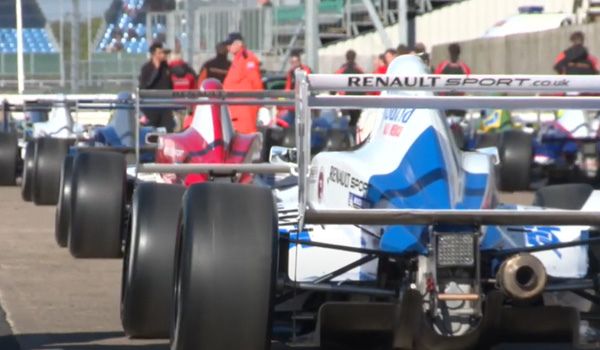
Despite their small size, needle roller bearings serve numerous functions in daily life. Many industries utilize this type of bearings due to the benefits they offer, such as increased flexibility and durability. It allows manufacturers to use these bearings in limited spaces without compromising the bearings' performance.
Here are some industries that commonly make use of needle roller bearings:
Many automotive brands that manufacture vehicles like cars and motorbikes use needle roller bearings in various areas, including transmission, engine, gears, and drive shafts.
These bearings are preferred due to their compact structure, making them suitable for limited and relatively small spaces. The precise fit of needle roller bearings within these components ensures proper support for handling high loads efficiently.
Industrial machinery heavily relies on needle roller bearings to support their performance. Various parts within industrial machinery, such as gearboxes, textile machines, and printing presses, require the use of needle roller bearings.
Across different industries that heavily rely on machinery, the presence of needle roller bearings is vital because they provide an efficient solution for handling heavy loads while occupying minimal space.
Numerous power tools utilize needle roller bearings to function effectively. Given that most of these tools are relatively small, they require bearings that can fit compactly while still delivering proper performance for smooth operation.
Examples of power tools that commonly use needle roller bearings include electric drills, grinders, and saws.
Some people might not be aware that large vehicles, such as airplanes, also rely on needle roller bearings to handle heavy radial loads. These bearings are commonly found in the landing gear system and the engine.
Despite the engine's size, which is larger than that of a car or motorbike, the structure is still compact, leaving limited space suitable for the characteristics of needle roller bearings.
If you analyze the construction of different moving equipment such as excavators, bulldozers, and heavy-duty machinery, you will easily see the critical role of needle roller bearings.
These bearings are responsible for ensuring smooth movements and reliable performance in handling heavy loads, allowing the operation of these tools to work seamlessly.
In addition to industrial machinery, needle roller bearings are enormously critical in agricultural machinery too, including tractors and harvesters.
These types of machinery often generate vibrations and deal with heavy loads during their processes. It makes needle roller bearings a particularly suitable choice as they provide excellent performance in handling high-demanding loads while settling minimal space.
Moreover, the industries mentioned above are not the only ones that require needle roller bearings to support their operations. Many other applications also rely on these bearings.
Needle roller bearings allow manufacturers to maintain a compact structure and size for their machinery or engines, ensuring they remain in the proper size and efficiently serve their intended purpose.
Related Post might be HELPFUL to your Business: Top 15 Linear Bearing Manufacturers in the World
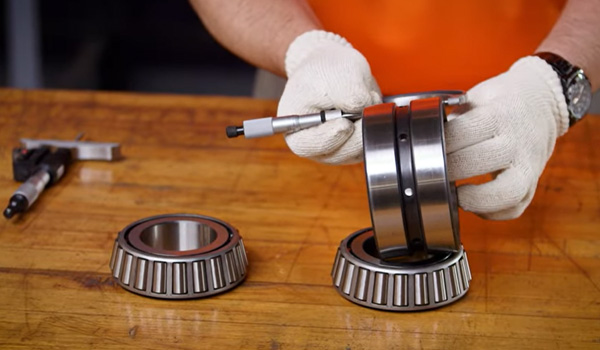
Knowing how to measure needle roller bearings is essential for finding suitable replacements in case they break and need to be changed.
This knowledge can save you time and costs by helping you make the correct decision regarding the required bearing size. Plus, it guarantees the proper, expected function of bearings, leading to a smooth and efficient operation.
The first step in measuring needle roller bearings is to understand the specifications of the bearings themselves. Requirements must be met when replacing old bearings with new ones, including the load and speed capacities.
Heavier loads necessitate more reliable bearings, which can be determined based on their size or material. Similarly, speed is a crucial factor when selecting new needle roller bearings.
For applications that require high-speed rotation, it's important to find bearings capable of handling this demand without generating excessive heat during the process. Choosing the correct bearings based on the specified requirements will extend the longevity of the bearings themselves.
The subsequent step involves measuring the size of the bearings. Most bearings are usually labeled with a reference number, which allows you to check the requirements from that information.
Although you may need a reference source to interpret the numbers, you can also find resources on the Internet to help you easily interpret them.
Apart from checking the reference number, you can measure the bearings yourself using calipers to obtain the correct dimensions. The three fundamental parameters to measure are the width, inner diameter, and outer diameter.
The inner diameter is related to the inner wall of the bearing, while the outer diameter belongs to the outside or wider part. To measure the width, simply measure the distance between the two bearing rings.
After obtaining the dimensions, the next step is to select the correct type of bearings you need. As mentioned earlier, various types have been discussed, such as drawn cup needle roller bearings, full complement needle roller bearings, and others.
Note that different designs may influence the measurements, so paying close attention to the specific type is essential.
* * *
Once you're done with all measurements, you can proceed with the replacement or installation process. Always remember that incorrect dimensions may lead to problems or equipment malfunction, so it is crucial to carefully check the details of the requirements needed for the new bearings.
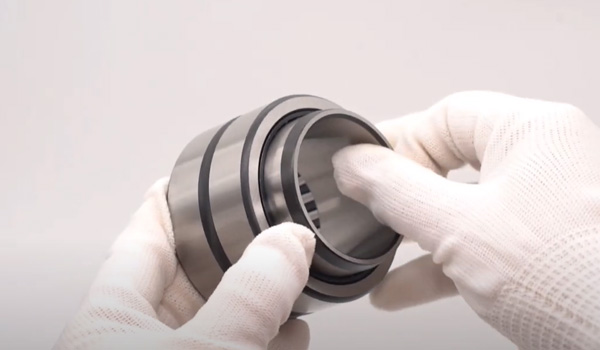
The process of manufacturing needle roller bearings involves several steps to achieve the desired standard quality and ensure the product's durability is at its highest level. If you like to know how these bearings are so durable, let's go through the details below:
Manufacturers use durable materials that align with their strict standards to create high-quality and long-lasting bearings. Each manufacturer might use its unique standards, but most of them set their standards very high to ensure their products are highly competitive.
The steels used in the manufacturing process come in different grades, each serving specific purposes and meeting various specifications.
The subsequent process is cutting and shaping, which involves cutting the steel material into cylindrical shapes for the inner and outer races of the bearings.
Once the cutting process is complete, the shaping process commences to mold those pieces into the predetermined dimensions. This shaping process includes precision grinding using machines to achieve accurate and consistent dimensions for the bearings.
The rollers inside the bearings undergo a separate processing method compared to the inner and outer races. The steel material is trimmed into smaller pieces to manufacture cylindrical rollers that will be used within the bearings.
To produce durable bearings, manufacturers prioritize ensuring the reliability of the material under heat conditions. To achieve this, a heating process is carried out for all inner and outer races, as well as the needle rollers.
This heat treatment not only ensures the material's quality but also toughens the steel, enabling it to handle heavy loads effectively in various applications.
In this process, all the inner and outer races and needle rollers are assembled into one unit. Depending on the design, cages may also be included in this assembly process to ensure the needle rollers are evenly spaced from each other.
All types of bearings require proper lubrication to ensure they function smoothly. Without lubrication, the direct friction between rollers can lead to damage and wear.
Fortunately, manufacturers provide standard lubrication with carefully measured amounts and quality to safeguard the bearings' performance from the harmful effects of friction.
When the bearings are finally ready, the manufacturers conduct final tests to ensure the product works properly in all areas and can meet the conditions set during production.
Any defective bearings discovered during this testing phase are excluded from the batch and not qualified to enter the market.
* * *
Manufacturers undergo several processes to produce a single unit of bearing, beginning with selecting the best material and concluding with quality checks upon completion.
Therefore, the bearings you can see in the market have certainly met all the manufacturer's standards and are in excellent condition.
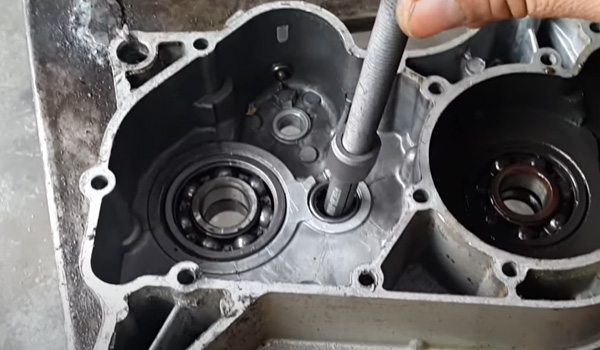
The installation of needle roller bearings needs to be carefully done to ensure a perfect fit. Let's review the simple steps you can follow to install a needle roller bearing:
Before starting the installation, you must clean the housing and shaft entirely to get rid of any dirt that may cause damage to the bearing.
Additionally, ensure that old lubricant is removed and cleaned to optimize performance. Maintaining cleanliness prevents the bearings from being damaged by unwanted particles.
The next step involves lubricating the needle roller bearings. Apply just enough lubricant to the inner race, outer races, and needle rollers. Applying an excessive amount of lubricant can negatively impact the bearing's performance.
Proper lubrication reduces potential friction during the installation process, ensuring smooth operation and enhancing the bearings' overall performance.
To ensure proper installation, position the bearings correctly following the manual instructions provided by the manufacturer for the best application.
Once everything is aligned and in the correct position, use a press-fit installation tool to apply the appropriate pressure to the bearings. This method helps prevent damage to both the bearings and the housing, as the pressure is distributed evenly.
After installation, check if the bearing rotates smoothly. If you notice any friction or resistance during the bearing rotation test, it indicates a potential issue.
Additionally, ensure that the bearing is properly aligned with other components. Manufacturers define a tolerance range for the alignment, and your tolerance is acceptable as long as it doesn't go beyond the manufacturer's recommendation.
The final step is double-checking the lubrication. If necessary, apply more lubricant to ensure the bearings are perfectly lubricated. This preventive measure will help you avoid potential damages in the future due to insufficient lubrication.
Similar to the installation process, removing needle roller bearings follows almost the same principles. A safe and careful procedure will minimize potential damage during the removal process.
Here is the step-by-step process of removing needle roller bearings:
During the removal process, it's critical to clean the area to prevent any dirt/debris from polluting the parts. Ensure you have proper lighting and enough space to carry out the procedure comfortably.
When you're sufficiently prepared, you can commence the process of removing the needle roller bearing.
The next step is to check if the installed bearing has a cage to keep the rollers in position. It is crucial to identify the specific type of bearing installed because different bearing designs require different removal methods.
To remove the bearing, use appropriate removal tools such as a bearing puller, extractor, or drift punch, depending on the mounting type. If the bearing has a cage or retainer, carefully remove it first using suitable tools. Then, apply pressure to remove the bearing from its mounting surface using the selected tools.
Bearing pullers are considered the most widespread tool for removing bearings. It can pull the bearing out thanks to the mechanical force it provides. However, it's still important to make sure your tools can fit decently and are suitable for the specific type of your bearing.
After completing the removal process, it's essential to thoroughly clean the mounting surface where the old bearing was located. Ensuring the mounting surface is clean and free from any debris or residue is crucial before installing a new bearing.
A clean surface will help provide a smooth and secure fit for the new bearing, minimizing the risk of unexpected damages during the installation process.
Compared to other designs of needle roller bearings, needle roller thrust bearings work differently, as they support axial loads instead of radial loads. This means they are specifically designed to carry linear forces, whether it is in the form of pushing or pulling force.
When these bearings are under heavy load, the rollers inside them transmit the load in an axial or linear direction. This distribution of axial loads evenly to the rollers reduces stress on a single point, ultimately extending the bearing's lifespan.
Let’s now discuss the pros and cons of having bearings in machinery or engines. The list below shows the most important advantages and disadvantages of bearings in a simple way:
Load Support: The first benefit is load support. Without bearings, any component in machinery or engines would wear out very quickly. Additionally, the friction generated would cause heat and potentially lead to issues with surrounding components.
Smooth Motion: Another benefit is providing smooth motion. As an example, rolling doors without bearings would be difficult to move, and the friction between the door and the railing where it slides would be substantial.
Maintenance Costs: These costs vary depending on the type of bearings you are using and might be high.
Load Limitations: Bearings have load limitations, so exceeding their capacity can lead to damage, rapid wear, or even failure.
Bearings serve numerous functions in our daily life and play a vital role in various industries. Each design of bearings offers different functions, so it's important to understand the specific application to choose the appropriate type.
There are both pros and cons of using bearings, it is undeniable that we deeply rely on them in our daily activities and tasks. They are indispensable for smooth and efficient operations in various aspects of our lives.
Related Post might be HELPFUL to your Business: Top 10 Cam Followers Manufacturers In The World
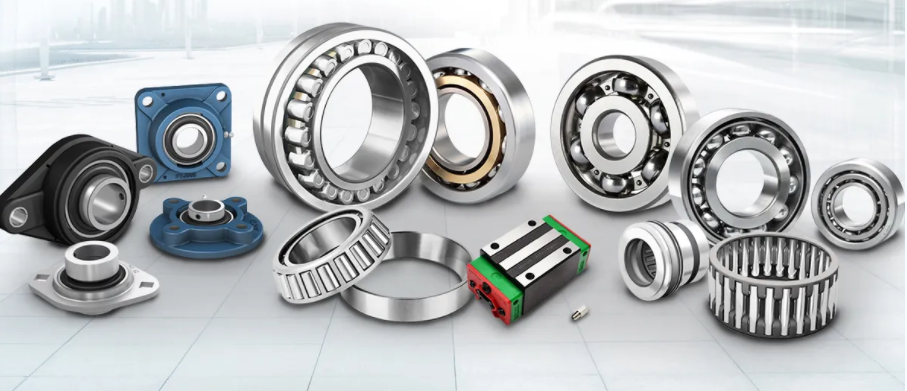 Our company can produce top te
Our company can produce top te
 China's dual control of energy
China's dual control of energy
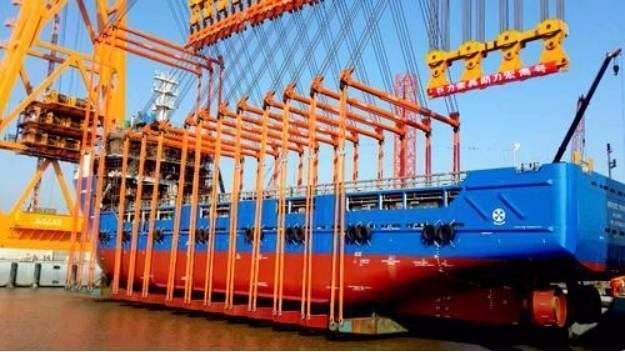 Bearings used in hoisting and
Bearings used in hoisting and
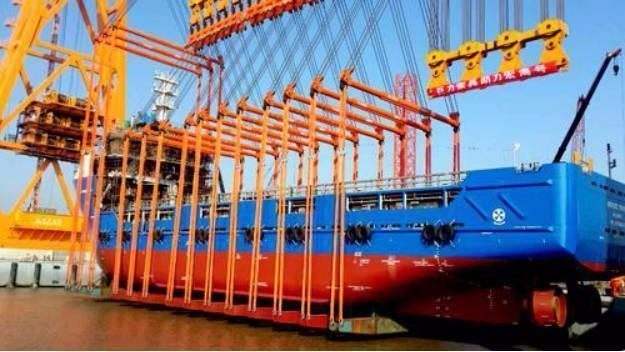 Bearings used in hoisting and
Bearings used in hoisting and